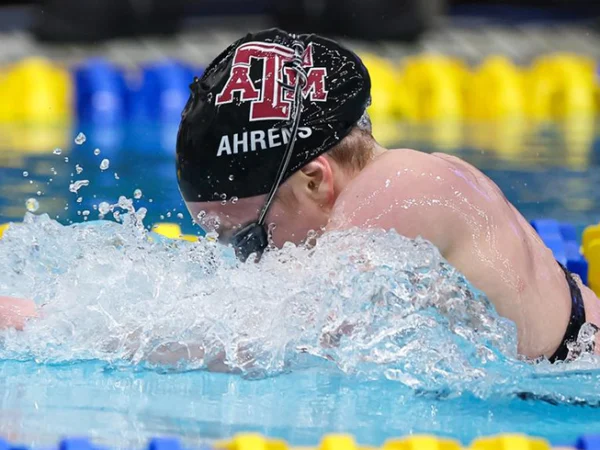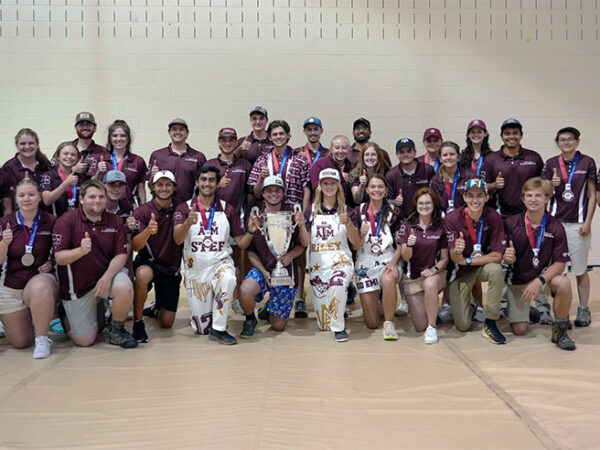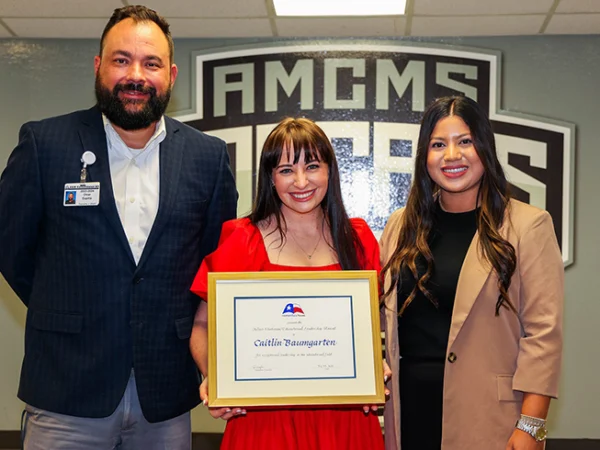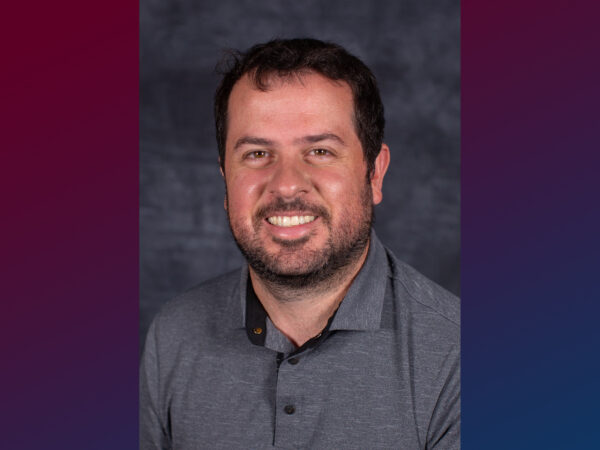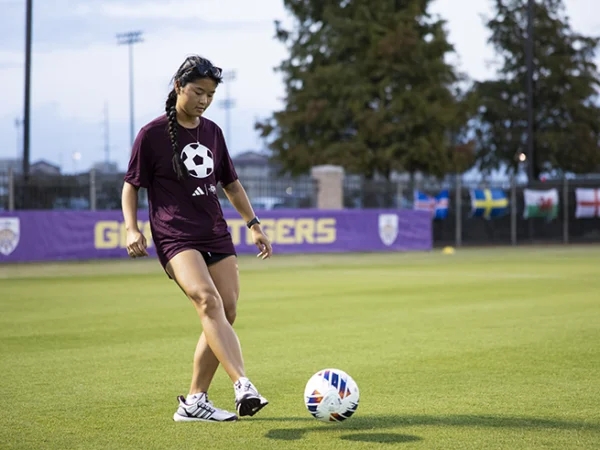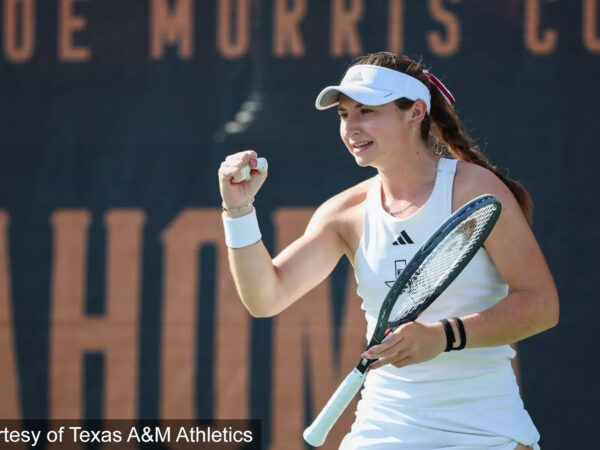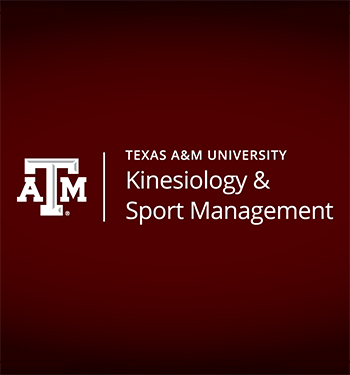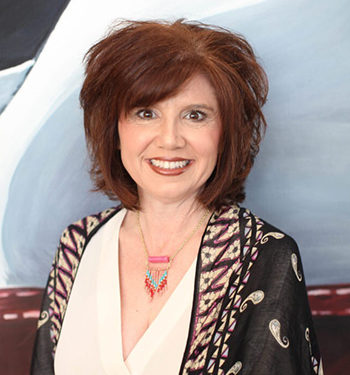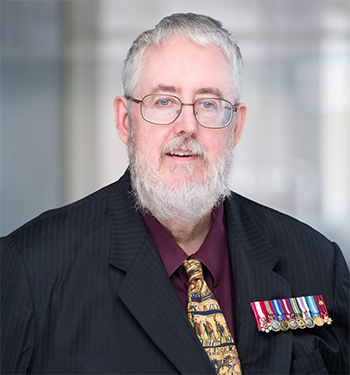
Improving stroke patient rehabilitation with augmented reality
Patients that experience a stroke, a sudden interruption in the blood supply of the brain, often experience loss of sensation and difficulty speaking and walking.
Dr. John Buchanan in the Department of Health and Kinesiology found that virtual training, like virtual and augmented reality, can support the rehabilitation processes after stroke and certain types of traumatic brain injuries.
Buchanan is a professor and kinesiology researcher with 25 years of experience in identifying how we control and coordinate motions of body and limbs to move and interact with objects in the world. He was looking for a way to apply his findings to real-life clinical problems.
He met several engineers on campus that also had rehabilitation interests and decided to join together to form a team with the end goal of enhancing rehabilitation practices. Members of this team include Sivakumar Muthukumaraswamy, Amarnath Banerjee, Austin McCulloch and Nina Robson from California State University Fullerton.
Buchanan and his team conducted research using an AR system composed of a VR headset, a motion controller, associated VR driving software and a camera system to track motion from the user’s arm.
“Our research outlines the development of a 3D virtual display of arm motions, such as pointing, reaching and rotating the forearm,” Buchanan said.
One of the biggest challenges the team encountered was the development of life-like movements of the limbs. They worked around this by recording a real person producing the movements using a 3D camera system.
The researchers imported this data into the 3D virtual environment that appears to the user wearing a headset. They tested the setup with stroke patients and non-stroke patients.
“We demonstrated that post-stroke patients could accurately identify the arm that moved, left or right, and the action that was produced,” Buchanan said.
This research shows that AR/VR can be used to reduce fatigue associated with intense physical practice that occurs after a stroke. Supplementing physical training processes with observational learning processes like this one can improve the recovery of activities for daily living.
“Technology can supplement rehabilitation and provides a means to take rehab from the clinic to the home through the development of in-home 3D virtual reality rehab systems that are based on the study of motor control/learning processes,” Buchanan said.
About the Writer
Heather is responsible for news coverage in the Department of Health and Kinesiology, as well as the Department of Educational Administration and Human Resource Development.
Articles by HeatherFor media inquiries, contact our Media Relations Coordinator, Ashley Green


